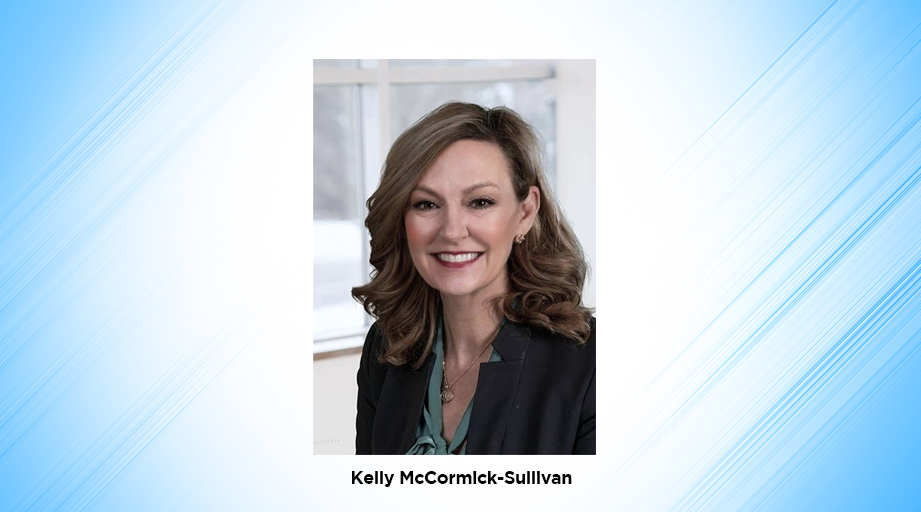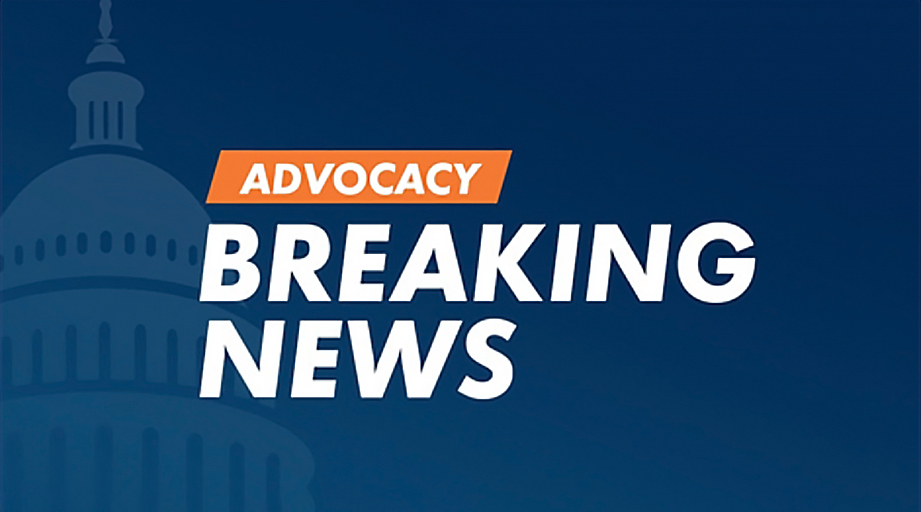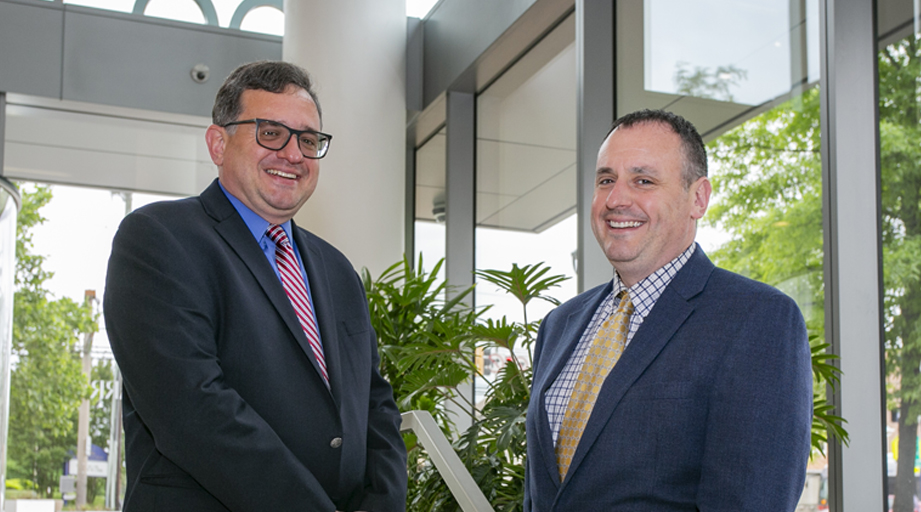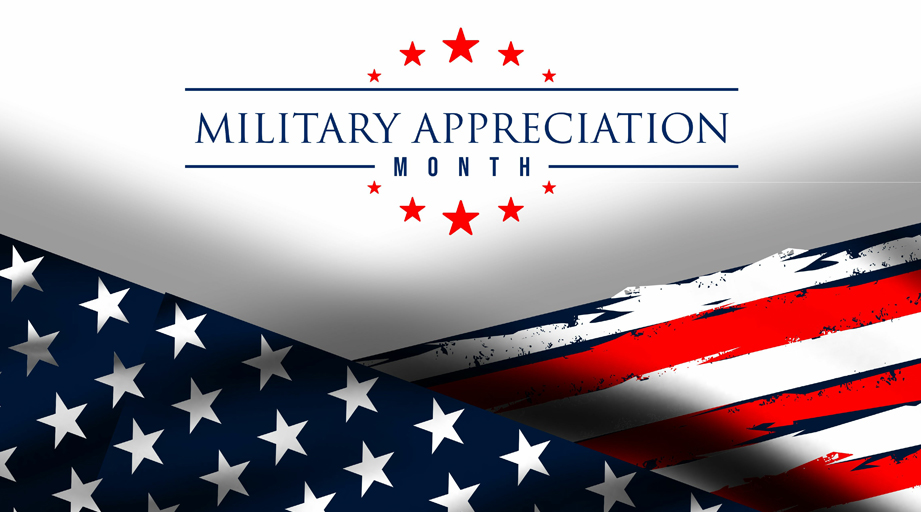
Of the dozens of patients that Michelle Rager helped at an emergency medical shelter last September, the woman who was given a free glucometer and taught how to use it stands out the most.
“She just couldn’t stop saying thank-you for us really helping her get back on her feet and take care of herself,” said Rager, an ambulatory care pharmacist who normally practices at the New Hanover Medical Group’s clinics.
The medical group is associated with New Hanover Regional Medical Center in Wilmington, N.C., where Hurricane Florence stalled after making landfall on September 14.
Rager, a state-licensed clinical pharmacist practitioner (CPP), said she worked roughly 35 hours over four days at the shelter at Codington Elementary School, about two miles south of the medical center.
She said she and Lisa Edgerton, another CPP working at the medical center–run shelter, were initially asked to perform medication reconciliations, ensure that patients had at least a short-term supply of their maintenance medications, and act as a resource to the mid-level providers.
Sometimes that meant calling the medical center’s outpatient pharmacy to fill a five- to seven-day prescription, she said.
“We were filling about double what we normally fill on a daily average,” said Eddie Seijo, Network Director of Pharmacy Services and ad hoc delivery driver.
That amounted to 600 to 750 prescriptions a day, he said, with the outpatient pharmacy operating longer than its standard 11 hours/day so that it could serve people staying at emergency shelters throughout the community.
“We basically pulled in everybody that we could ... two to three additional pharmacists and two to three additional technicians each day” to adapt to the higher prescription load, Seijo said.
Rager said people staying at the emergency medical shelter were referred to as patients, but they remained responsible for taking their own medications.
She said some patients had problems remembering to take their medications and some did not understand why they should take them.
And because the shelter housed only people with medical needs exceeding the capability of the community shelters, the medical shelter did not allow patients’ caregivers to stay there, Rager said.
“We were doing a lot of counseling,” she said, “but also identifying [medication] administration issues” to the nurses.
Certain patients required extra attention from the pharmacists, Rager said.
One patient with three antihypertensive drugs on his medication list “would be quite hypotensive” on returning to the shelter after hemodialysis, she offered as an example. “So I was communicating with the provider saying ... I don’t want him taking these right now because of where his blood pressure is.”
Several patients with diabetes had difficulty controlling their blood glucose levels, she said. The pharmacists created sliding scale insulin regimens and increased the monitoring of patients’ insulin intake.
"One of the unfortunate things,” she continued, “is we were relying on food being donated” for the patients’ meals, and those donations tended to be carbohydrate heavy, such as pasta and cakes.
The patient who profusely thanked Rager and others for the glucometer and instruction was nearly ready to depart when the team learned she did not have such a device at home.
“She had had some issues with sugar” despite continuing to take her oral diabetes medication, Rager said. “So one of our nurses ran up to Walmart and ... out of his own money ... got that patient a glucometer. And then I taught her how to use it, because it was a different machine than what she had been using.”
Rager described the week’s activities as interdisciplinary teamwork to keep the patients’ chronic diseases from worsening.
Teamwork also meant performing some activities normally considered part of case management, she said, such as calling Duke Energy to find out if electrical power was available where a patient was heading.
“We weren’t going to let someone leave or put them in transport and take them back to a home that they couldn’t go into,” she said.
Neither, she said, did the pharmacists allow any patient to leave the shelter before confirming he or she had active prescriptions at an open pharmacy near the person’s destination.
The shelter, according to the medical center’s blog, started as an idea at 3 p.m. on September 17, welcomed the first patient 24 hours later, and turned over patient care to the State Medical Assistance Team on September 24.
Rager said her service at the emergency medical shelter, which had up to 56 patients at any time, started on September 19 after a joint call from Seijo and Direct Patient Care Services Manager Marianne Billeter.
Pharmacy staff first got involved, Seijo said, because workers at the government-run emergency shelter at Hoggard High School on Monday, September 17, could not find an open community pharmacy to fill prescriptions for the newly arriving medical patients. The shelter had started accepting patients from skilled nursing facilities that had shut down after the hurricane hit.
“We were asked to potentially put a pharmacy technician out there and, after assessing the situation, determined that it was probably a little bit outside of a pharmacy technician’s scope,” he said.
Outpatient pharmacy manager Michael Edgerton went to the shelter to help guide medication reconciliation and assess immediate medical needs, Seijo said. “That same day ... we as a hospital decided that we were going to try to consolidate resources, open up our own shelter to really take care of the medical needs of patients.”
By Wednesday, he said, the county and the medical center agreed that all people in need of emergency shelter and medical care should be at the newly established emergency medical shelter at Codington Elementary School. Patients were moved. He sent two ambulatory care pharmacists; later, Mallory Moore, a postgraduate year 2 ambulatory care pharmacy resident, relieved Rager so she could return to her normal worksite.
On first arriving at the elementary school, Rager said, she saw a team of 20 to 30 medical center employees from the day and night shifts and patients on cots and beds in the hallways.
“As a person who works in an ambulatory care clinic and chronic disease management, it was interesting to walk in and almost feel like I had walked into a hospital, which I hadn’t done since ... 2008,” Rager said.
She went on rounds, answered questions, suggested courses of action to the nurse practitioners and physician assistant, and aided the medical assistants and nurses in helping patients get to and from the lavatories.
And sometimes, when she ventured outside to talk with patients about their medications, she initiated a new discussion, about smoking cessation.
“We have ... nicotine patches, and gum, too,” she recalled telling patients whom she saw smoking.
Those who expressed interest in quitting their tobacco habit received counseling, Rager said.
[This news story appears in the January 15, 2019, issue of AJHP.]









